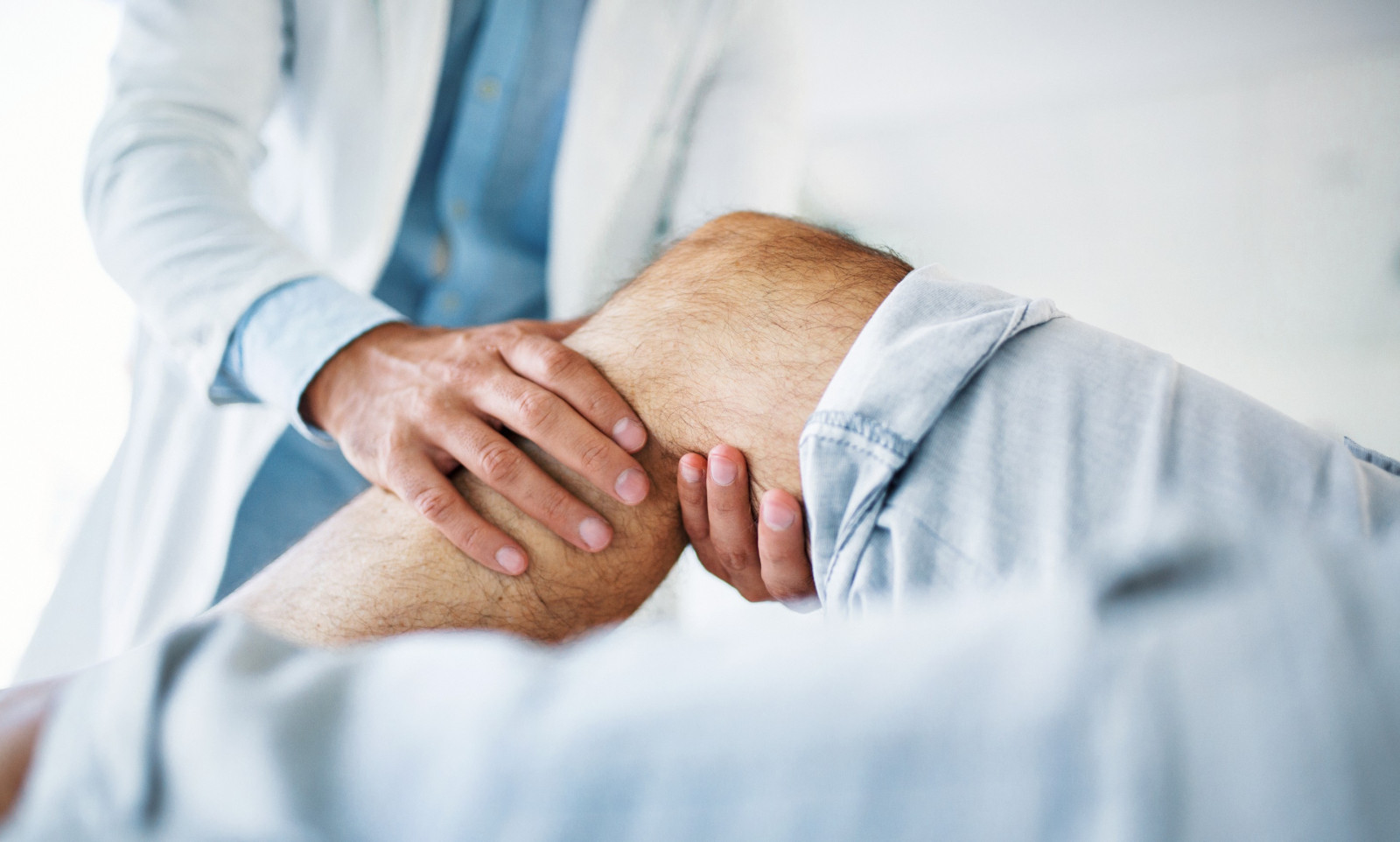Body Aches and Pains
Knee pain: causes, symptoms and treatment
Knee pain: causes, symptoms and treatment What is knee pain? As the largest joint in the body, the knee is also the most complex. It is made up of three bones (the femur, tibia, and patella), a special type of cartilage called meniscus, as well as muscles, ligaments, tendons and fluid-filled sacs known as

What is knee pain?
As the largest joint in the body, the knee is also the most complex. It is made up of three bones (the femur, tibia, and patella), a special type of cartilage called meniscus, as well as muscles, ligaments, tendons and fluid-filled sacs known as synovial bursae. This explains why knee pain can have so many different causes. It also explains why knee pain is such a common reason for consulting a doctor. The knee joint is heavily used as it provides the connection between the thigh and the lower leg, enabling the leg to be flexed as well as acting as a shock absorber and distributing our bodyweight over both legs when walking. In such cases, using a knee pain reliever may be necessary.
What are the symptoms of knee pain?
Knee pain can be accompanied by various symptoms:
Swelling
Redness
Stiffness
A sensation of heat in the knee
Clicking sounds in the knee
Restricted movement in the joint
Knee pain can be mechanical (when it worsens while moving and stops when resting) or inflammatory (especially if it flares up at night time). It can also come on suddenly after an injury, or build up gradually — this can happen whether the cause is mechanical or inflammatory.
What are the causes of knee pain?
Knee pain has a number of potential causes, often necessitating a knee pain reliever. The pain can be a result of:
An accident or injury: this can include a fractured tibia, femur or patella around the joint, a pulled or torn ligament, as is the case with a sprained knee for example, or a meniscus injury.
A mechanical issue, either due to a joint condition such as osteoarthritis in the knee (which is characterised by a deterioration of cartilage in the knee joint), or a problem from outside of the joint such as tendinitis.
Inflammation: this is the case for many types of arthritis, particularly rheumatoid arthritis.
How to treat knee pain?
It is important to consult a doctor if you have acute knee pain accompanied by swelling, or where it affects your ability to walk properly. A painful knee should be treated according to the cause of the pain, which your doctor will diagnose. Most of the time, anti-inflammatory drugs will be sufficient. The doctor may also recommend that you apply something cold, rest, and immobilise the knee. In some cases of osteoarthritis or tendinitis, for example, you may be prescribed injections and a course of rehabilitation. Surgery will only be recommended if all other treatments fail.
If your knee is painful, we recommend that you apply ice to the site of the pain in order to reduce the pain and inflammation. You should also immobilise and elevate the affected knee for knee pain relief.
Drug-free, clinically validated pain reliever: TENS technology
There are also other solutions for knee pain relief, drug-free. This is where OMRON’s range of pain relievers come in: HeatTens is using a combination of heat and Transcutaneous Electrical Nerve Stimulation (TENS), they help you to relieve your muscle and joint pain.
See all TENS machines
What are the precautions to limit knee pain?
There are also some precautions you can take to limit knee pain in everyday life.
Firstly, you should avoid becoming overweight, as this increases the likelihood of knee pain.
You should not wear high-heeled shoes frequently, and instead choose appropriate footwear.
Generally speaking, pay attention to your posture. For example, try to avoid kneeling because it is bad for the kneecaps.
It is also important to avoid certain sports that place excessive demands on the knees (i.e. running, tennis, rugby, dance, and boxing). However, it is essential that you stay physically active. This will help to strengthen the muscles around your knees. Good exercises to try include swimming, cycling, yoga and walking.
References:
Bernheim, P. (2015). Painful knee: its causes and treatments. Retrieved from www.planetesante.ch/Magazine/Autour-de-la-maladie/Arthrose/Genou-douloureux-ses-causes-et-ses-traitements
Horde, P. Knee pain – Causes, diagnosis and treatment. Retrieved from sante-medecine.journaldesfemmes.fr/faq/27867-douleurs-du-genou-causes-diagnostic-et-traitement#q=Le+mal+au+genou&cur=1&url=%2F
Spée, M. (2017). Gonalgie: knee pain, where did it come from? Retrieved from www.planetesante.ch/Magazine/Autour-de-la-maladie/Arthrose/Genou-douloureux-ses-causes-et-ses-traitements